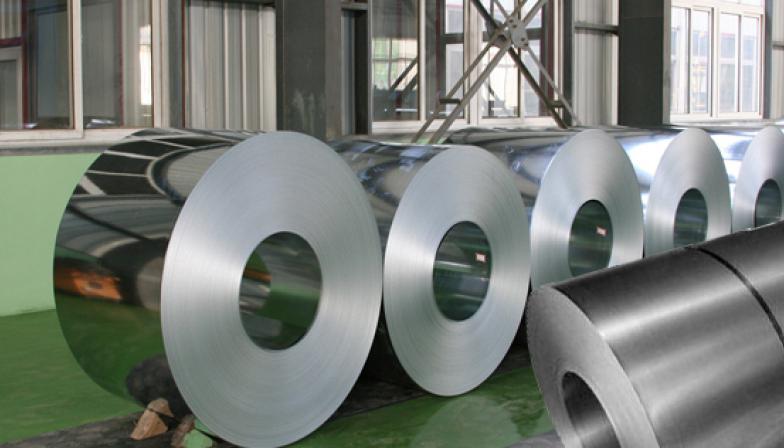Futures for Chinese steel fell on Wednesday, as some steel centers lifted production restrictions, raising fears that overall production will remain brisk and will provide additional support for record high iron ore prices.
The most active October contract for rebar on the Shanghai Futures Exchange fell 1.5% to 4,001 yuan ($ 581.15) per ton at the start of trading, adding to Tuesday’s loss of 1.1% and departing from an eight-year high of 4 148 yuan. hit on monday.
From June 19 to July 1, from June 19 to July 1, a rally of nine sessions began on building steel, which was supported by increased demand, reduced stocks and limited production in heavily polluted industrial centers in China.
The leading Chinese steelmaking city of Tangshan last month introduced a new set of production restrictions for its iron and steel producers, which will be valid until August 1.
“The policy announced in Tangshan was not as strict as we heard last month,” the Shanghai steel trader said. Reuters could not immediately confirm this, but late on Tuesday the industry-specific site reported that Tangshan had indeed eased production restrictions.
“This means that some businesses do not need to cut as many products this month,” said the trader. “They may be allowed to continue production for a certain time, and this will increase the supply of steel. That's why futures for Shanghai are under pressure. ”
Hot-rolled steel, steel used in cars and household appliances, fell 1.6% to 3867 yuan per ton, breaking from its record high of 4,049 yuan, which also fell on Monday.
Less stringent restrictions on steel production can mean additional demand for steel production, including iron ore.



